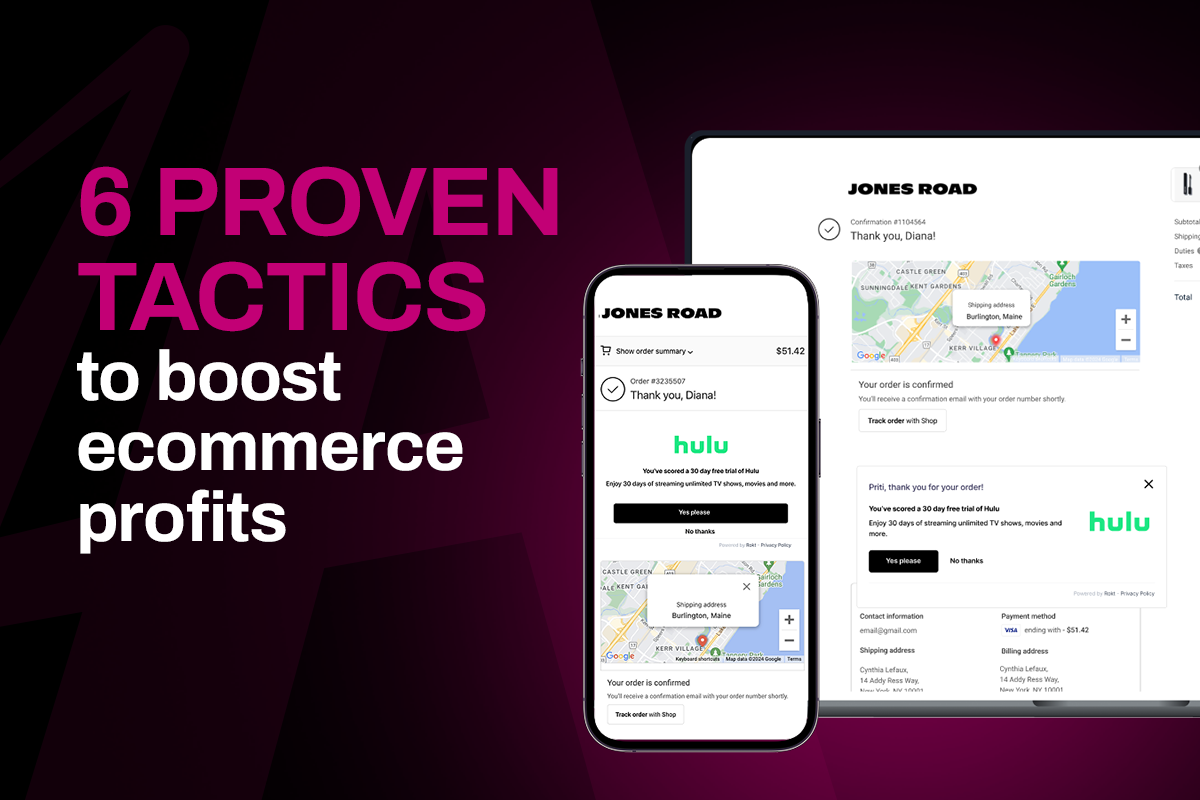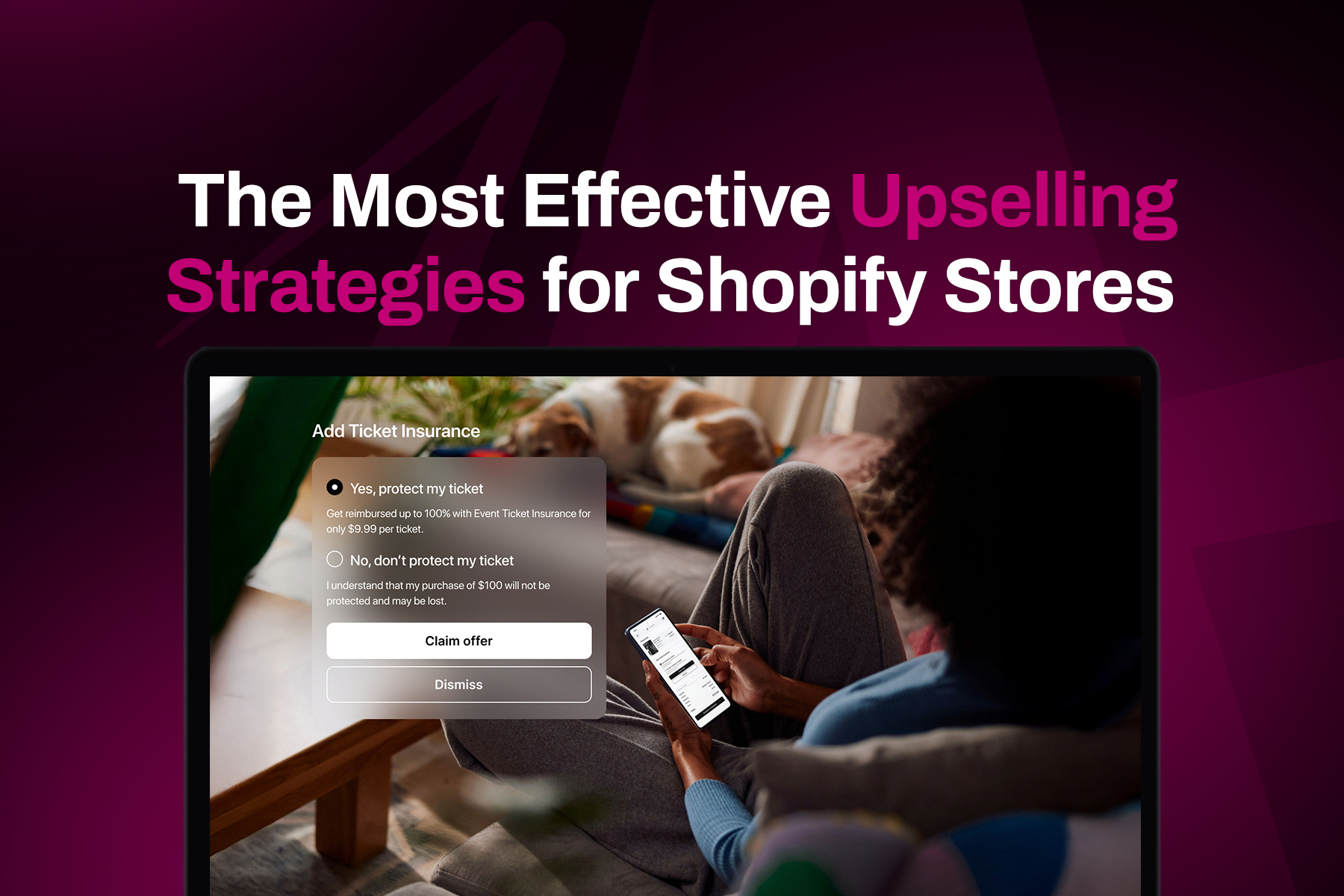
Running an ecommerce brand, especially on Shopify, comes with complexities, and tariffs are a major one. For 2025, understanding how tariffs affect product costs, supply chain strategies, and customer behavior is more important than ever.
The good news? With the right approach, you can handle these challenges while staying competitive in the DTC space.
This article will break down tariffs, their impact, and how you can actively respond to protect your business and delight your customers.
Why tariffs impact ecommerce businesses
Tariffs affect much more than just your product pricing. Small changes in import duties can lead to widespread effects on your supply chain and sales strategies.
- Rising import duties: higher tariff rates increase sourcing costs across the board
- Eroding margins: without price adjustments, tariffs slice into your profits fast
- Changed customer behavior: price-conscious shoppers may look elsewhere or reduce their cart sizes
"The new tariffs introduce challenges, but with smart logistics, cost-saving strategies, and global expansion, ecommerce brands can stay competitive and even find new growth opportunities."
Izzy Rosenzweig, CEO of Portless
💡Idea: Boost your revenue despite the tariffs. "Frequently bought together" options can group high-margin products, add more value to your customers and offset increased landed costs.
How tariffs creep into your costs
When tariffs go up, their impact trickles through your operations.
Where tariffs adjust your expenses
- Product costs: tariffs on imports like electronics or textiles raise your starting item price
- Shipping and logistics: these taxes often pair up with growing international shipping fees, especially when sourcing from high-tariff regions like China
- Landed cost: tariffs drive up the overall landed cost, influencing final retail prices
How metrics take a hit
Tariffs don’t just stop at costs; they change how your key performance metrics behave:
- Cost per acquisition (CPA): shoppers may hesitate on higher-priced products, driving up your CPA as a result
- Average order value (AOV): budget-tight customers may buy less, dropping your AOV
- Return on ad spend (ROAS): import tariffs bite into profits, making advertising less effective
💡Idea: one good counter-strategy here is offering subscriptions. Giving customers incentives like discounts for recurring purchases can spread the cost over time, benefiting both your margins and their budgets.
What’s changing in tariffs for 2025?
The tariff landscape is always shifting based on trade policies and economic positions. Here are the key updates for ecommerce brands in 2025:
- Higher tariffs on targeted goods: import duties on steel, electronics, and textiles from China are rising, aimed at boosting domestic manufacturing
- Sustainability tariffs: financial penalties on non-eco-friendly imports are pushing brands toward greener practices
- New sourcing trends: countries like Vietnam, South Korea and Mexico are becoming viable options due to favorable trade policies and lower tariff rates
💡Idea: be upfront with customers about the extra costs from tariffs to ease their concerns. Use delivery duty paid (DDP) apps to include duties in the final purchase price and create a seamless checkout experience.
Proven ways to handle tariffs
Now that you know the trouble spots, here’s how you can soften the blow of tariffs on your ecommerce store.
1. Use correct classifications
Double-check your Harmonized Tariff Schedule (HTS) codes. Errors can mean overpaying on import tariffs! A trade consultant can help confirm compliance.
2. Negotiate with suppliers
Work with suppliers to find cost-saving strategies. Can you simplify your product’s packaging or switch to alternative materials? Explore all options to save without cutting corners.
3. Pivot to low-tariff countries
Sourcing from places with fair trade conditions like Vietnam or Mexico is a smart move. Tariff rates there are often lower than major economies like China.
4. Redesign smartly
Small tweaks to your product's material or structure could drop its tariff category. For example, reducing steel content might reduce duties on industrial items.
5. Test upsell combinations
Try promoting easy upsell combinations, like pairing a popular product with a smaller, high-margin companion. Aftersell’s multivariate testing makes testing what works best simple.
6. Leverage advanced platforms
AI-driven tools can forecast supply chain needs or costs based on international shipping changes. Plus, add value through Rokt Thanks, which generates extra revenue from Thank You pages without affecting your core sales.
Keep customers loyal to stay profitable
Your loyal customers can help cushion the financial blow tariffs bring. Here are simple ways to engage and retain them:
- Exclusive rewards: launch a loyalty program with points, discounts, or early access to sales.
- Encourage referrals: offer perks for customers who recommend your store to friends
- Post-purchase follow-ups: stay connected through helpful tips or product guides after every sale
💡Idea: offering add-ons in your cart or checkout is a surefire way to make additional revenue. It’s typically used for offering shipping protection and insurance, but you can also use it across the customer experience. Brands offering gift wrap, gift cards or other personalization features can add up to $2.00 in profit to their orders. Brands like BodyCandy offer a “skip the line” fast fulfillment offer in return for a small fee.

Stay agile to thrive
Tariffs might feel like a burden, but they push you to rethink how your business operates. They also create chances to improve. Here’s how forward-thinking brands are adjusting:
- Keep up with global trade policies. Understanding reciprocal tariffs, supply agreements, and emerging trends will give you a head start.
- Shift sourcing or adapt pricing where trade barriers are growing.
- Explore innovative tools to uncover revenue streams or cut costs in creative ways.
By staying informed, creative, and adaptable, you can turn the challenges of tariffs into strengths. It’s not just about surviving these shifts; it’s about using them to future-proof your ecommerce business.
Recommended Reading







